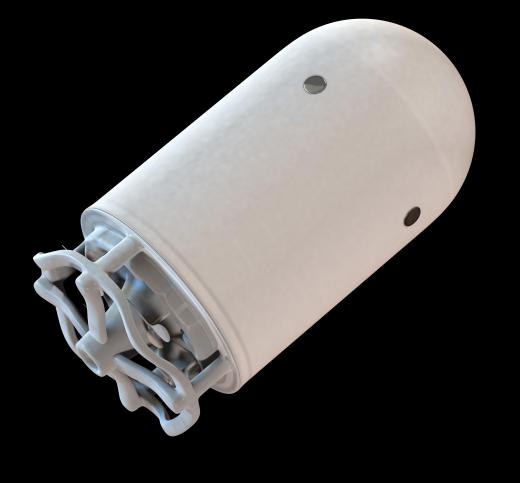What are the Different Types of Nanotechnology Applications?
Nanotechnology is the science and creation of materials at a molecular level. Nanotechnology applications are used in medicine, chemistry, the environment, energy companies, and communication. Whether it is through nanotechnology education or nanotechnology application, this science continues to evolve and find more uses in everyday life.
The use of nanotechnologies in medicine has provided many medical breakthroughs. Some of the medical nanotechnology applications are for diagnostics. These are used to assist in identifying DNA and helping detect genetic sequences.

Other uses of nanotechnology in medicine are in drug delivery and tissue engineering. Drug delivery can help in cancer treatments by administering drugs via implant versus the traditional injections. Tissue engineering is a new nanotechnology and involves repairing or artificially reproducing damaged tissue.
Using molecular nanotechnology in chemistry and the environment has already resulted in positive benefits. Chemical catalysis is a process of reducing pollutants using a reagent or catalyst. This can be especially helpful if used in vehicle fuel cells or catalytic converters to reduce car emissions.

Filtration is another one of the nanotechnology applications that can help the environment. Extremely small holes in the filtration, known as nanofiltration, remove ions for wastewater treatment or air purification. Slightly larger holes are used in a type of filtration called ultra filtration and its current application is for renal dialysis.
Many municipal energy companies are also nanotechnology companies because they use nanotechnology in their energy applications. One example is improved energy production through the use of solar cells. These solar cells currently only convert approximately 40 percent of the energy from the sun but nanotechnology should be able to increase the amount of energy gained.

There are also studies investigating ways to increase battery life. These studies are using nanotechnology applications such as super capacitors. The intent is to reduce the number of batteries going to landfills and potentially contaminating groundwater and soil.
Communication has also benefited from the use of nanotechnology applications. Computer memory has been significantly increased and semiconductor speeds are much faster with additional developments in nanotechnology. These improvements have led to breakthroughs in the speed at which information can be shared and the amount of data that can be analyzed.

Without nanotechnology applications, many of the laser displays used today would not be possible. The future of nanotechnology applications may also include further improvements in the speed in which data can be computed. This would give computers the ability to perform vast numbers of calculations simultaneously.
AS FEATURED ON:
AS FEATURED ON:














Discussion Comments
@ Parmnparsley- There are actually a number of applications for nanotechnology. The national Science Foundation has identified a number of goal areas for nanotechnology and they have analyzed the future performance of the industry. Nanotechnology is being used in manufacturing, healthcare, environmental science, chemical manufacturing, and the transportation industry. The foundation predicts that nanotechnology will contribute about a trillion dollars a year to all of these segments of the economy in about 10 to 15 years.
What are the different areas of society that nanotechnology affects? Is there a nanotechnology industry that is divided into segments like other industries? There must be some way to define nanotechnology in terms of industry and economic performance.
Post your comments